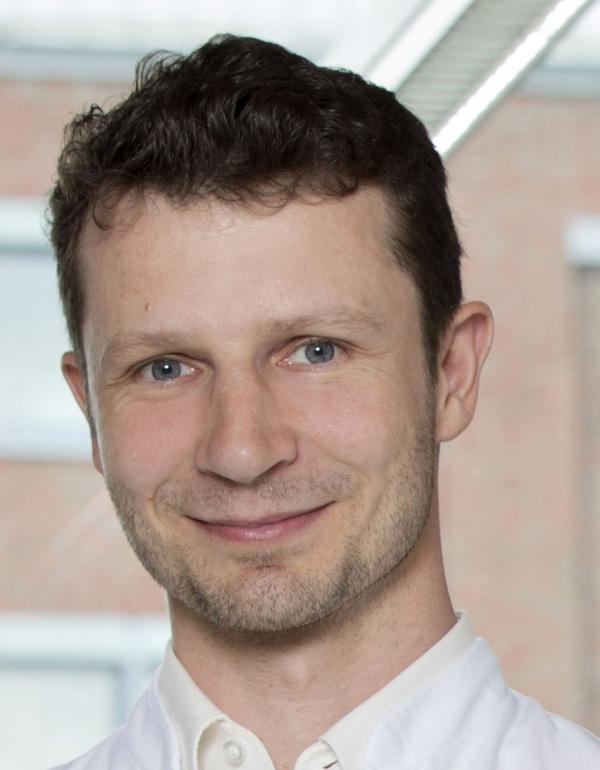
Dr. Jochen Kühnl is a Senior Safety Assessor at Beiersdorf. He received his degree in Biology from the University of Hamburg and completed a PhD at the University of Münster on cellular mechanisms governing actin cytoskeleton regulation. In industry, he first worked as a research scientist on diseased skin conditions before heading Beiersdorf’s Experimental Toxicology Lab, where he led the development and implementation of New Approach Methodologies (NAMs) for skin sensitization and assessed emerging options for systemic toxicity, including microphysiological systems (MPS) to study the fate of cosmetic ingredients. Dr. Kühnl contributes to the International Consortium for Cosmetic Safety (ICCS) as a member of its Skin Sensitization Working Group and serves on industrial advisory boards for MPS-related projects. Since 2022, he has been responsible for safety assessments of ingredients and finished cosmetic products.
Development and evaluation of a new 3D-Nrf2 Reporter Epidermis Model to Expand the Applicability Domain of Skin Sensitization Testing
Safety assessment strategies based on New Approach Methodologies (NAMs) are essential to cosmetic industry and increasingly considered as valid approaches by regulatory bodies. The progress in development and use of OECD-validated in vitro methods for skin sensitization assessment is promising. However, the applicability domains of most methods remain restricted by technical limitations and their reliance on aqueous systems lacks realistic exposure conditions and effects of skin barrier functionality. These constraints are particularly relevant for lipophilic compounds, polymers, and complex mixtures.
To address these limitations, we developed a 3D Nrf2 reporter epidermis model based on a newly constructed, immortalized human keratinocyte-derived cell line stably transfected with a pIGB-Nrf2-SEAP vector, resulting in a genomically integrated SEAP reporter under Keap1-ARE-Nrf2 control. The cell line differentiates under air-liquid interface conditions, forming a 3D model that exhibits a stratified epidermal architecture and characteristic differentiation marker distributions. Importantly, both the cell line and the 3D model are cultivated under animal-origin-free conditions. First, we characterized basal SEAP expression and Nrf2 activation in response to skin sensitizers by testing 10 reference compounds under 2D culture conditions. The results from two independent labs demonstrated high inter- and intra-lab reproducibility and were used to develop a preliminary prediction model, which showed a promising predictive performance (80% and 70% accuracy compared to LLNA and human data, respectively). Subsequently, 5 proficiency compounds were tested under 3D culture conditions, and the model correctly predicted the skin sensitizers and non-sensitizers. Next, we evaluated the capacity of the 3D Nrf2 reporter epidermis model to predict the skin sensitization potential of 10 lipophilic compounds. To optimize testing conditions, solvent compatibility studies were carried out, identifying acetone–olive oil (AOO) and DMSO as optimal vehicles. SEAP induction studies were performed for each compound testing at least 5 concentrations and maintaining cell viability >70%. Medium samples were collected and analyzed for SEAP activity after 24 h of exposure. Results demonstrate that the 3D epidermis model enables topical exposure and reliably detects Nrf2 activation by lipophilic sensitizers. Hence, our model conceptually adheres to established NAMs addressing key event 2 of the skin sensitization adverse outcome pathway and holds promise to broaden the applicability domain for skin sensitization assessment under in vivo-relevant exposure conditions. Additional experiments are required to substantiate the model’s predictive capacity, refine the preliminary prediction model and explore potential additional benefits such as kinetic analyses of the Nrf2 response, comparative characterization of effects after topical vs. systemic exposure and the effects of repeated application on the Nrf2 response.
